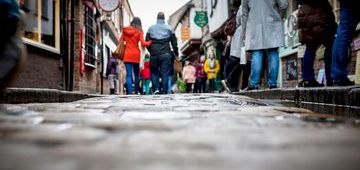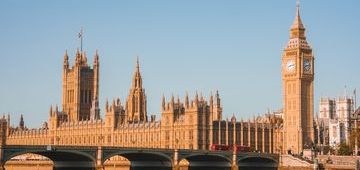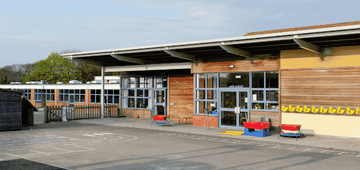
Dr Niloofar Shoari, Research Associate in the School of Public Health at Imperial College London, outlines whether public parks in England and Wales facilitate social distancing.
The Covid-19 pandemic has put an enormous strain on people’s health and wellbeing around the world. To reduce transmission rates, social distancing, and lockdown measures, have been implemented in most countries. Being homebound for long stretches of time has its own adverse effects on mental health and physical wellbeing, including higher risks of depression, anxiety, insomnia, and self-harm.
Such unintended consequences of the lockdown are disproportionately felt by urban residents. It is more challenging to bear restrictions for families with young children and those of disadvantaged backgrounds, who might live in small and cramped homes with limited access to outdoor space or gardens. Access to public parks became not just a nice-to-have but a necessity that allows children to blow off steam, and adults to maintain physical activity, breathe fresh air, and relax.
Following the introduction of strict lockdown measures on March 23, authorities in the UK closed down many public parks due to fears of overcrowding and a consequent spread of the virus. Although a few weeks later, in mid-April, the government announced that local authorities must keep their parks open, there is no clear understanding of the capacity of parks to accommodate crowds of people, while facilitating compliance with social distancing rules.
Understanding the availability, accessibility, and allocation of public parks is crucial for informing evidence-based policies and allowing the public to identify local parks and green space available to them. Analysing park data from Ordnance Survey, together with population data from the Office for National Statistics, we investigated the number of public parks and gardens available to people within 500 metres and one kilometre of their home in major cities in England and Wales. We also calculated the potential space needed for social distancing in a public park or garden, for people living within one kilometre of them.
Some of our key findings (full results written up) were:
- Residents in English and Welsh cities have on average one public park or garden within 500 metres (a five-minute walk) and three public parks or gardens within one kilometre (a ten-minute walk) from their home.
- However, 3.8 million people live further than one kilometre away from a public park.
- Around 25.4 million urban residents (87%) in England and Wales can access a public park or garden within one kilometre from their home.
- Of that 25.4 million, over 11 million are at risk of visiting an overcrowded public park or garden that makes it difficult to maintain social distancing.
The Covid-19 pandemic has exposed the demand for green spaces in cities. Access to public parks, is not shared equally, which adds further physical and mental health burdens to disadvantaged families.
If, however, each person visited a park for an hour a day over an eight-hour period, around 89% of parks would enable sufficient social distancing if people stayed apart. Since we are likely required to follow social distancing rules for months to come, it is crucial to adopt sustainable policies that ensure a safe and fair access to outdoor green space. There are lots of options that could be considered.
One route could be to look at policies with a focus on spreading the number of visits over the parks’ opening times. We could, for instance, set aside dedicated access times for different age groups or different activities, or devise dynamic allocation systems through smartphones or drone data to monitor and manage the utilisation. Another option could consider optimising available resources to reduce the pressure on public parks and gardens such as opening up school green land, private parklands, playing fields, and stadiums.
The Covid-19 crisis has not just highlighted health inequalities, but it has also revealed environmental injustice. Providing equal access to high-quality public green space is one important step towards tackling these disparities.



